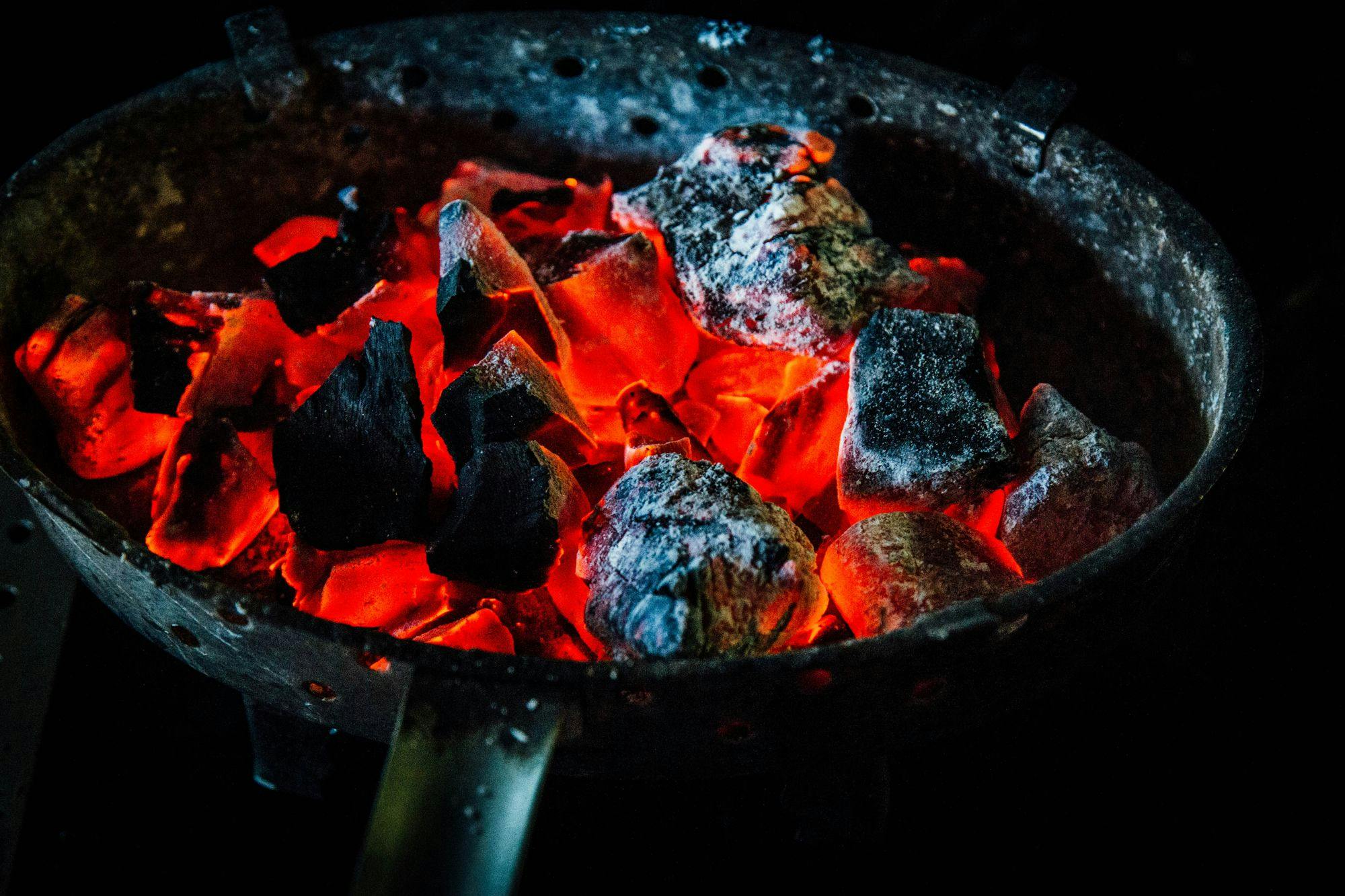Introduction
Welcome to "Preserving Passion and Peril: A Comprehensive Guide to Canning - Recipes for Love and Murder Season 2." If you're a fan of the popular TV series "Recipes for Love and Murder," you know that this show has a unique twist that combines culinary delights with thrilling murder mysteries. In this article, we'll delve deep into the world of canning, which plays a significant role in the second season of the show. Get ready to uncover the secrets of preserving ingredients and discover how canning adds a new layer of excitement to the recipes featured in the series.
The Benefits of Canning in Recipes for Love and Murder Season 2
Canning is not only a practical way to preserve ingredients, but it also adds intrigue and suspense to the storyline of Recipes for Love and Murder Season 2. As the characters in the show navigate through complex relationships and mysterious crimes, the process of canning becomes a metaphor for preserving the delicate balance between love and danger. By showcasing the art of canning in the series, the creators have successfully captured the essence of passion and peril that runs throughout the show.
Moreover, canning enhances the flavors and textures of the dishes prepared in Recipes for Love and Murder. The process of canning captures the freshness and peak ripeness of ingredients, allowing the characters in the show to enjoy the taste of summer even during the colder months. Whether it's a jar of homemade tomato sauce or a pickled medley of vegetables, the canned goods in the series bring depth and complexity to the recipes, turning ordinary meals into extraordinary culinary experiences.
Selecting the Perfect Ingredients for Canning
In order to achieve the best results when canning, it's crucial to start with fresh and high-quality ingredients. In Recipes for Love and Murder Season 2, the characters emphasize the importance of using locally sourced and seasonal produce. This not only ensures the best flavor but also supports local farmers and promotes sustainability.
When selecting ingredients for canning, choose fruits and vegetables that are at their peak of freshness. Look for vibrant colors, firm textures, and aromatic scents. Whether it's juicy peaches, plump tomatoes, or crisp cucumbers, the quality of the ingredients will greatly impact the taste of the final product.
The Canning Process: A Step-by-Step Recipe
Now that you have your ingredients ready, it's time to dive into the canning process. Follow these step-by-step instructions to achieve perfect results every time:
Step 1: Sterilizing jars and equipment
Before starting the canning process, it's essential to sterilize your jars and equipment to ensure the safety and longevity of your canned goods. Wash the jars, lids, and any utensils you'll be using in hot, soapy water. Rinse thoroughly and then place them in a large pot of boiling water for 10 minutes. Remove them with sanitized tongs and let them air dry.
Step 2: Preparing the ingredients for canning
Wash and prepare your ingredients according to the recipe you're following. For example, if you're canning tomatoes, you'll need to blanch them in boiling water for a few seconds, then transfer them to an ice bath to remove the skins. Chop or crush the tomatoes as desired.
Step 3: Filling the jars and sealing them properly
Carefully fill each sterilized jar with your prepared ingredients, leaving a recommended headspace as specified in the recipe. Use a clean, non-metallic utensil to remove any air bubbles. Wipe the rim of each jar with a clean, damp cloth, ensuring no food particles are left behind. Place the lid on top and screw the band on firmly, but not too tight.
Step 4: Processing the jars using the water bath method
Place the filled and sealed jars in a large pot filled with enough boiling water to cover them by at least one inch. Bring the water back to a boil and let the jars process for the recommended amount of time, as specified in the recipe. This processing time ensures that any potential bacteria are killed and the jars are properly sealed.
Step 5: Cooling, labeling, and storing the canned goods
Once the processing time is complete, carefully remove the jars from the pot using jar tongs or oven mitts. Place them on a towel-lined countertop or cooling rack and let them cool undisturbed for 12 to 24 hours. As the jars cool, you'll hear a satisfying "pop" sound, indicating a successful seal. Label each jar with the contents and date before storing them in a cool, dark place. Canned goods can be stored for up to a year.
Pitfalls to Watch Out for in Canning
While canning is a relatively simple process, there are a few common pitfalls to watch out for:
Using compromised jars or lids: Inspect your jars and lids before using them to ensure they are free from cracks or rust. If a jar or lid is compromised, it may not create a proper seal, leading to spoilage.
Not following the recommended processing time: Each recipe will specify a processing time, which is essential for killing any potential bacteria and ensuring a safe product. It's important to adhere to these times to prevent foodborne illnesses.
Storing jars in an area with extreme temperature fluctuations: Canned goods should be stored in a cool, dark place with a consistent temperature. Avoid storing them in areas with direct sunlight or extreme temperature fluctuations, as this can compromise the quality and safety of the canned goods.
Serving Ideas: Incorporating Canned Goods into Recipes for Love and Murder Season 2
Now that you have a pantry full of delicious canned goods, it's time to get creative in the kitchen! In Recipes for Love and Murder Season 2, the characters use their preserved ingredients to create mouthwatering meals that showcase the flavors of their locally sourced produce. Here are a few ideas to inspire your culinary adventures:
Tomato Sauce: Use your homemade canned tomato sauce to create a rich and flavorful pasta dish. Saute garlic and onions in olive oil, then add the tomato sauce and simmer until the flavors meld together. Toss with cooked pasta and finish with fresh basil and grated Parmesan cheese for a simple yet satisfying meal.
Pickled Vegetables: Add a tangy kick to your salads and sandwiches by incorporating pickled vegetables. Thinly slice your pickled cucumbers, carrots, and radishes and toss them into a refreshing summer salad. Alternatively, layer them onto your favorite sandwich for an extra burst of flavor.
Fruit Compote: Take advantage of your canned fruit by making a delicious fruit compote. In a saucepan, combine your canned fruits with a little sugar, lemon juice, and a pinch of cinnamon. Simmer until the mixture thickens slightly, then serve warm over pancakes or vanilla ice cream for a delightful treat.
FAQ
Can I use any type of jar for canning?
It's important to use jars specifically designed for canning, such as Mason jars or Ball jars. These jars are made to withstand the high temperatures and pressure involved in the canning process, ensuring a safe and successful outcome.
Can I reuse old jars and lids for canning?
While it may be tempting to reuse old jars and lids, it's recommended to use new lids for each canning session. The rubber seal on the lids can become worn or damaged over time, compromising the seal and safety of your canned goods. However, you can reuse the jars as long as they are in good condition.
Can I adjust the processing time for canning recipes?
The processing time specified in canning recipes is carefully calculated to ensure food safety. It's important to follow these times accurately to prevent the growth of bacteria and potential spoilage. Adjusting the processing time can lead to underprocessing or overprocessing, both of which can be dangerous.
About Erika Oliver
Erika Oliver is a passionate writer, community advocate, and culinary enthusiast dedicated to bringing people together through the art of barbecue and neighborhood connections. With a profound love for both food and community, Erika has become an influential voice in promoting the joy of gathering around the grill and fostering a sense of belonging among neighbors.


